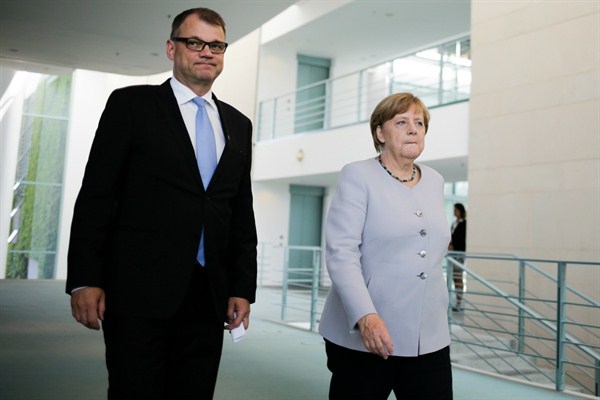Finland’s government, led by Prime Minister Juha Sipila, survived a no-confidence vote this week. The government’s future seemed in doubt last week following a leadership change within the Finns Party, but it was saved when over half of the Euroskeptic party’s lawmakers formed a breakaway faction that will serve in the ruling coalition. In an email interview, Ilkka Ruostetsaari, professor of political science at Finland’s University of Tampere, describes the dynamics at work and how Finnish populists’ are struggling against being coopted by the political establishment.
WPR: What were the factors that led to the resignation of Foreign Minister Timo Soini as leader of the Finns Party, and why was Jussi Halla-aho so controversial as a replacement?
Ilkka Ruostetsaari: The Finns Party, formerly known as the True Finns, was formed in 1995 but didn’t see a major spike in popularity until the 2007 financial crisis and the subsequent European sovereign debt crisis beginning in 2009. In 2015, the party emerged from elections as the second-largest party in parliament, with 38 seats, and helped form the coalition government.

